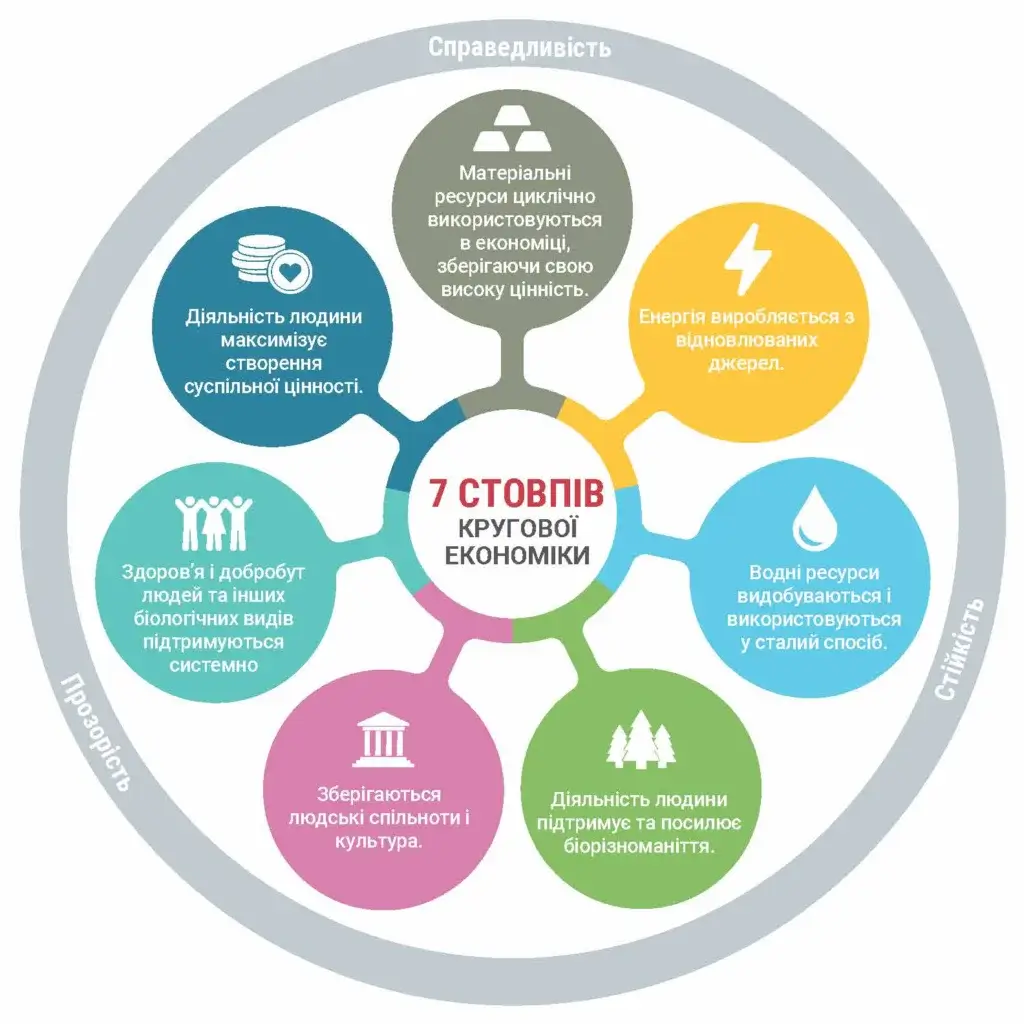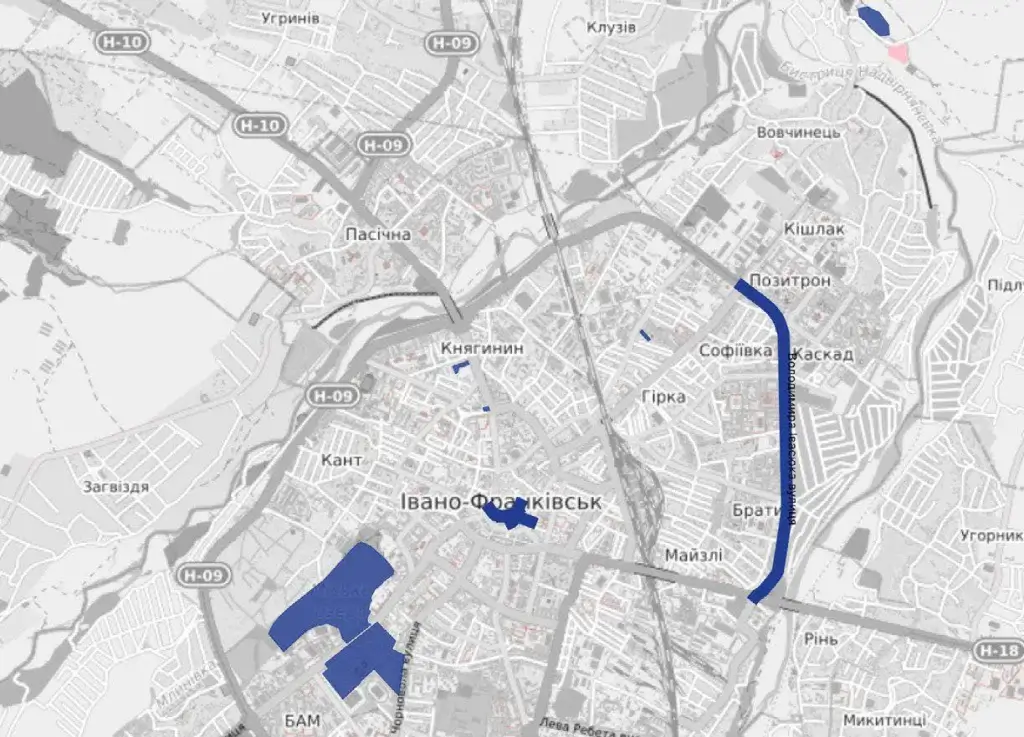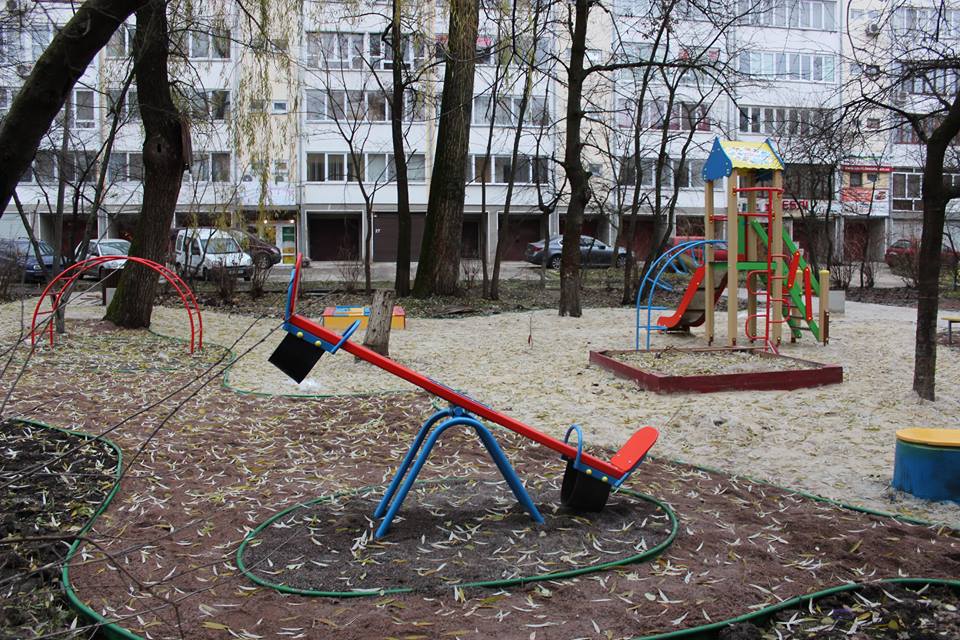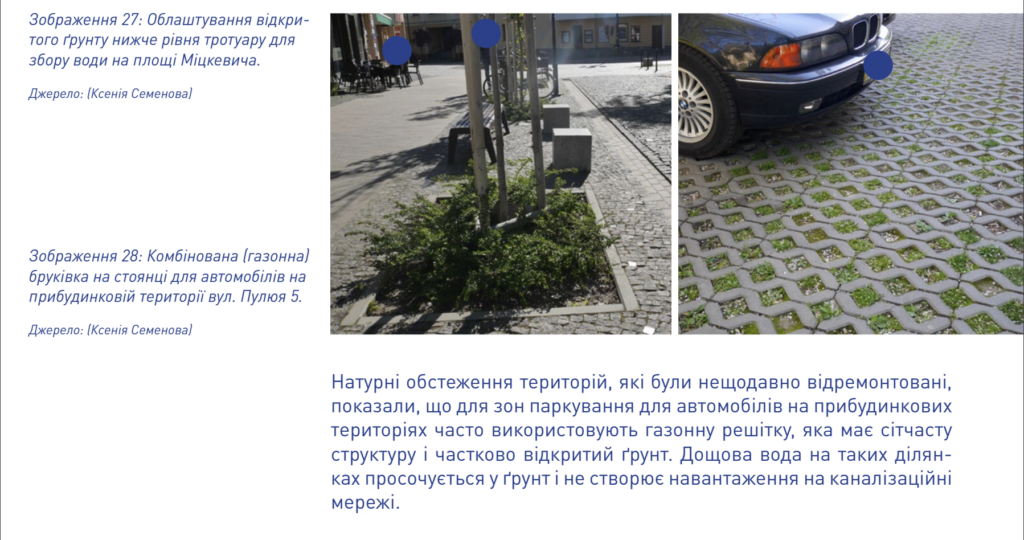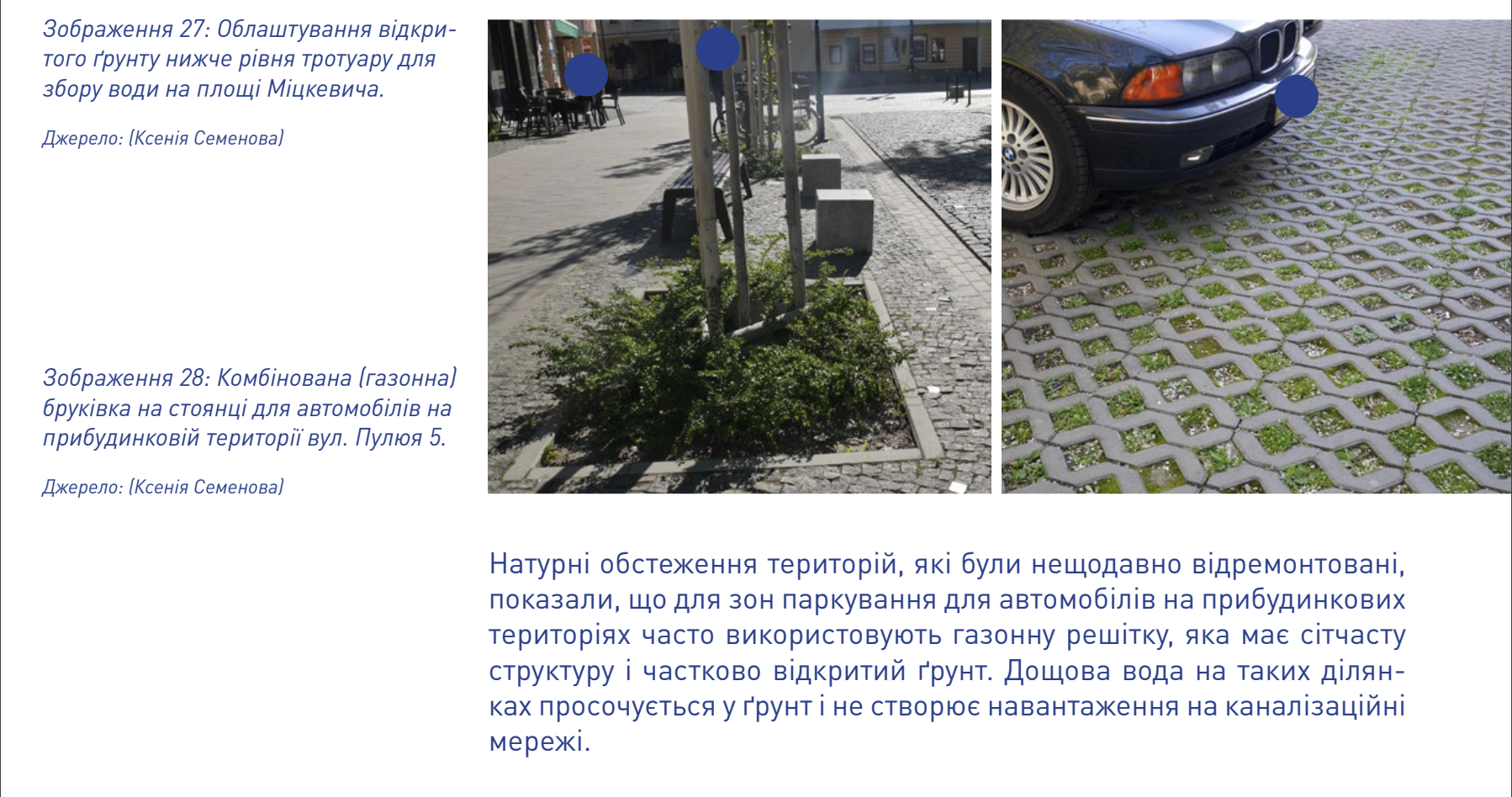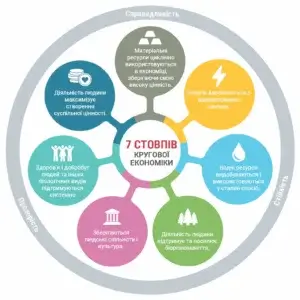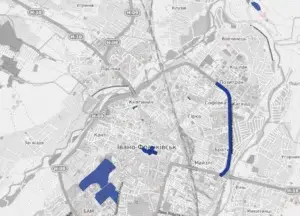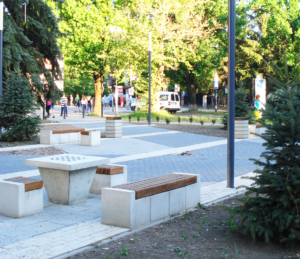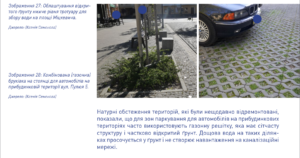TOPIC: URBAN ECONOMY, SUSTAINABILITY
FORMAT: research, publication, spatial design
WHEN IT TOOK PLACE: 2021 PARTICIPANTS: Mariana Baran, Anna Dobrova, Anna Pashynska, Ksenia Semenova, Yulia Popova (authors), Liubomyr Gural (proofreader), Yulia Rusylo (layout and design)
RELATED PROJECTS: Circular design in public spaces in Ivano-Frankivsk
PARTNERS: Teple Misto, International Renaissance Foundation
The text of this study by the METALAB team, in cooperation with the Teple Misto platform, opens a series of analytical materials on approaches to creating public spaces, particularly considering circular economy principles in these processes. In these publications, we will provide a detailed analysis of the materials used in creating public spaces, as well as the approaches to greening them.
As of the time of publication of this study (2021), Ukrainian cities were actively investing funds from local budgets in infrastructure upgrades. Public discussions usually focus on the projects’ functions, cost, appearance, and aesthetics. Increasingly, the question arises whether these spaces will consider all people’s needs and whether they will be inclusive and accessible to people with limited mobility. However, there needs to be more information or discussion about the environmental impact of these projects and their potential for climate change adaptation. That is why our research focuses on approaches to the design, planning, and creation of public spaces based on the principles of the circular economy and their impact on the environment and climate.
In the course of the study, we aimed to investigate the existing approaches to planning and designing public spaces in Ivano-Frankivsk in terms of their environmental impact. We provided examples from different countries on how the circular economy principles can be applied in planning and design. We prepared recommendations on how to incorporate circular economy approaches into the planning and design of public spaces in Ivano-Frankivsk, taking into account those already in use.
Methods of collecting information on existing space planning practices:
selective analysis of tasks for the design of public spaces in Ivano-Frankivsk;
field inspections of the objects;
research of regulatory documents governing the creation and repair of public spaces and streets;
interviews with representatives of customers and contractors of such projects in Ivano-Frankivsk.
Our team studied the environmental impact of public spaces, using the circular economy model and its seven principles as our framework. We selected a variety of public spaces for the study, including city center streets and squares, streets in new districts, the area surrounding an apartment building, recreational areas with bodies of water, a city park, and a forest.
We received design assignments either directly from customers or through the Prozorro public procurement system.
